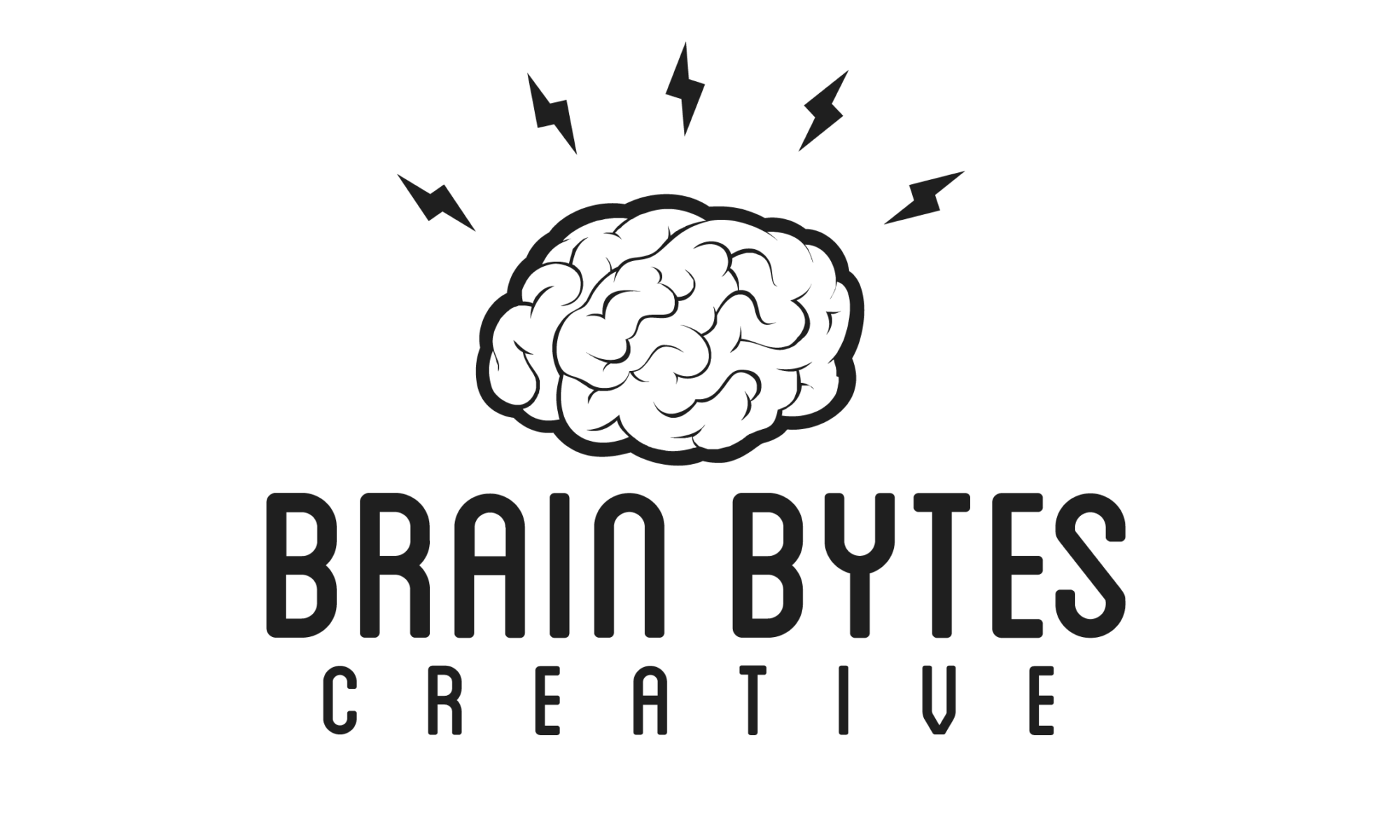Before you hire an agency, know what search marketing is
Search marketing includes both the paid and unpaid efforts a business utilizes to drive traffic to their site. These methods increase your site’s visibility and improve your search engine ranking.
Unpaid Search Engine Optimization (SEO): This includes features involved with SEO; those which help improve your ranking on search engines. It also helps drive organic traffic to your site. The focus within unpaid search marketing tactics includes optimizing site content, utilizing relevant keywords, and reviewing the overall structure and links of your site.
Paid Search Engine Marketing (SEM): Also known as pay-per-click (PPC) marketing, paid search centers on text-based ads that appear at the top or side of any search engine results. These are closely aligned with key search words or phrases to ensure they appear when the right types of queries are entered into a search engine.
Finding the right balance of the two search marketing strategies for your business is just what the best search marketing agencies will help you do.
Why you should consider search marketing support
Hiring a search marketing company to help with your strategy addresses many common pain points your business may be suffering as you work to maximize the return of your online presence. Digital marketing is still a relatively new aspect of an overall marketing plan, and with constant changes in social media rules, online advertising best practices, and search engine algorithms, it can be difficult to keep up. Bringing in the expertise found within a search marketing agency can not only enhance your knowledge about the functioning of your own website, but keep you up-to-date with relevant changes to search marketing in order to take advantage of the latest developments.
Working with an agency also helps you stay on top of the minute details of search marketing without spending time doing all the research yourself. Especially at agencies like Brain Bytes Creative, where each team member brings their expertise on a specific area of digital marketing to the larger team, you get an in-depth understanding of the whole process broken down into digestible pieces. You’ll also have the confidence that enough time is being spent delving into best practices in all areas since there’s not just a single person handling everything.
A partnership for the long haul
Improving your standing in search engine results often takes longer than most people expect. Typically, when you implement changes in the way you market your business, you expect quick results. With search marketing, results can take time to be fully realized. “Search doesn’t happen in three months,” says Jason Sirotin, Chief Creative Officer at Brain Bytes Creative, “it happens over years,” which is why it’s important to think both short and long term when working on your search marketing strategy. Building a plan that demonstrates a positive return on your investment will trickle in for years to come, so it’s necessary you manage expectations in a way that doesn’t diminish the rewards of your hard work. A search marketing agency partners with you throughout the whole process, totally in it for the long haul. They should connect the dots for you over time, explaining how the work you’re implementing will affect traffic to your site for a long time to come.

What to look for in a search marketing agency
Once you’re ready to start exploring options for the ideal search marketing agency to partner with, it’s important to consider whether or not they exhibit certain qualities that can help make them a good fit, including:
Inquisitiveness
A good agency will continually ask questions to get to know your business and understand your marketing goals. Without this information, they can’t set meaningful strategies for you that will yield the right results. Make sure they’re curious about you and your business and are genuine in their interest.
Experience
Research past clients and check each potential agency’s website for feedback. Ensure that the work they’ve done in the past aligns with what you’ll need them to do for you. Additionally, it’s good to do a little research on the individuals at the agency themselves. Make sure they have the right skill sets for the work you will need done, and that the overall company boasts a variety of talent in different areas. You should also check that they’re up-to-date on all relevant information for SEO, including Google’s latest algorithm, as well as any new criteria for PPC ads. A good team should have a deep understanding of marketing principles as they relate to a digital audience.
Communicative
This is a multi-faceted quality a good search marketing agency should have. You want to know not only how often they check in with you, but whether or not they clearly communicate reports and data back to you in way that’s helpful. You need the ability to take the information they share and pass it along to your own internal stakeholders, so a proper agency should do more than just send you Google charts and graphs.
Integrity
Any agency you work with should put you first. There should be a willingness to partner with you at all levels of service in order to do good work. Your agency team should strive to deliver the best results and let actions speak louder than words.
Finding the right fit
The team at Brain Bytes is dedicated to this process. Putting the customer first, they work tirelessly to get to know you as they establish a partnership whose primary goal is to improve the functionality of your online presence. Prioritizing transparency, communication, and service, Brain Bytes looks forward to learning more about your search marketing needs. Contact us today to get the conversation started.









